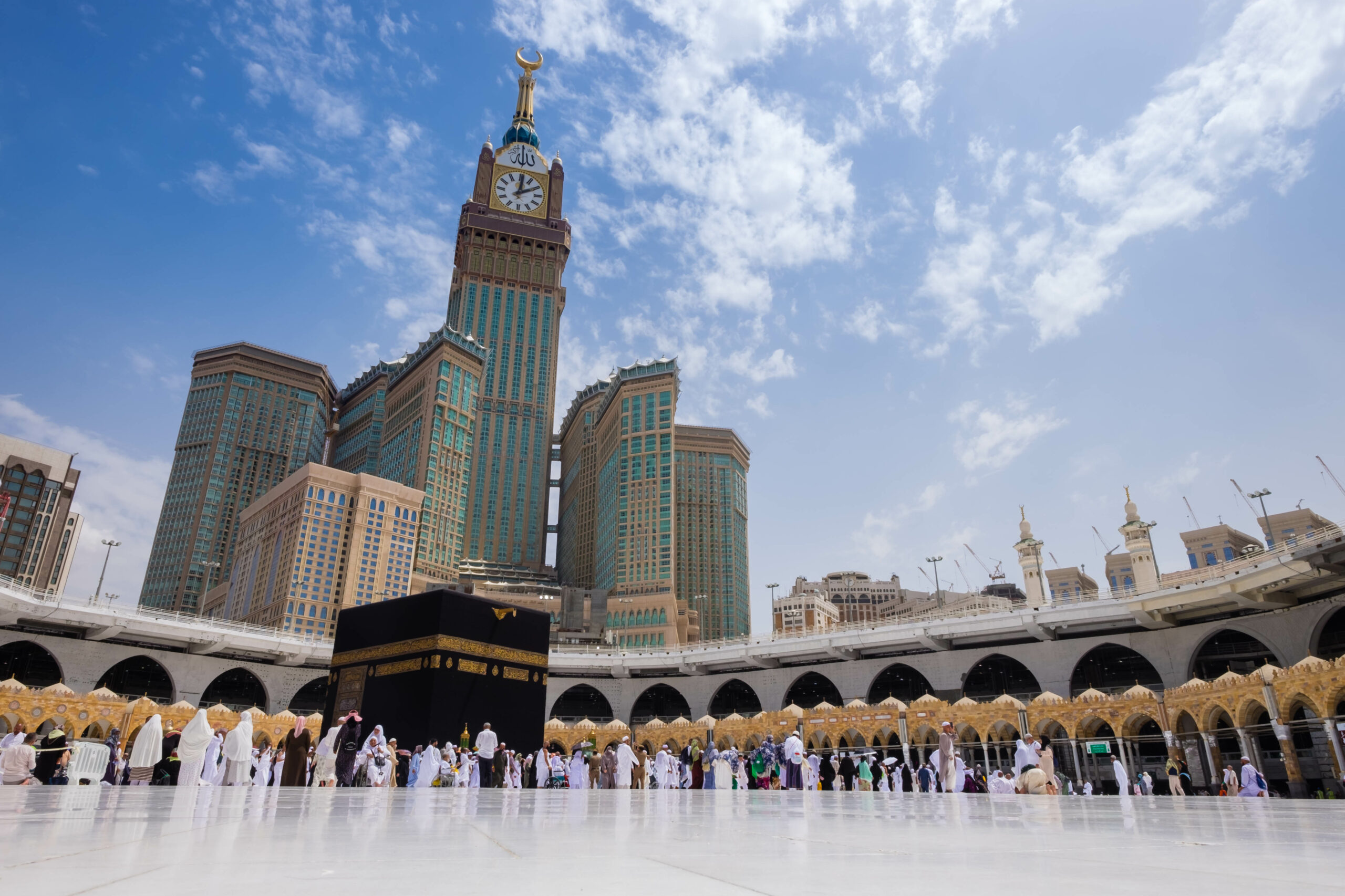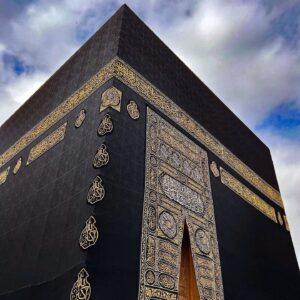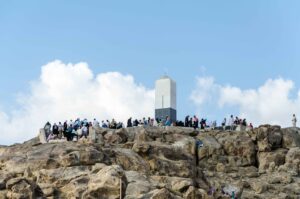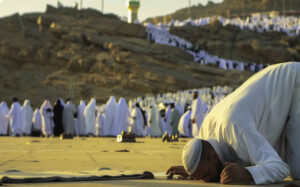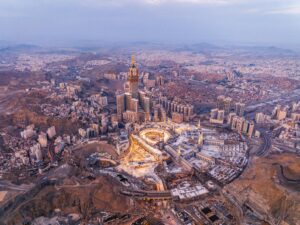Hajj is a significant spiritual journey that millions of Muslims make each year seeking closeness to Allah (SWT) and purity of the soul. After Arafah Day, the most important day of Hajj, pilgrims will perform a sequence of rituals that have rich religious significance and representations.
In this article, we explore four critical rituals of Hajj: Shaving or trimming the hair, Tawaf Al-Ifada, Pelting the Three Jamarat, and Tawaf Al-Wadaa. These steps not only complete the Hajj but also mark a spiritual renewal.
Shaving Hair or Trimming (Tahallul)
Following the main rites of Hajj on the Day of Arafah and spending the night at Muzdalifah, pilgrims travel to Mina for the next steps. An important symbolic act is shaving the head or trimming the hair, known as Tahallul.
- Men are recommended to shave their head completely (Halq), as trimming (Taqsir) is also permitted.
- Women must cut off a little amount, about a finger’s length of their hair.
This rite is one of purification, and represents a new beginning, as it signifies a pilgrim’s spiritual change after performing the core rites of Hajj.
Tawaf Al-Ifada
Tawaf Al-Ifada, one of the pillars of Hajj, is performed after returning to Mecca after the stoning of Jamrat Al-Aqabah and involves circling around the Kaaba (the Sacred House of Allah) seven times, demonstrating obedience.
- Tawaf Al-Ifada signifies the intensified devotion after enduring the trials of Arafah and Mina.
- It is usually followed by the Sa’i between Safa and Marwah.
Tawaf Al-ifada acts as an essential part of Hajj, and missing it invalidates the entire holy journey.
Pelting the Three Jamarat
During the following days, pilgrims return to Mina to enact Ramy al-jamarat or throwing stones at the three Jamarat pillars (three locations); Jamarat Al-Ula, Jamarat Al-Wusta, Jamarat Al-Aqabah.
- Ramy al-Jamarat symbolizes rejecting evil and temptation in the act of spiritual reflection as demonstrated by Prophet Ibrahim (AS).
- Over a span of three days (11th–13th Dhul Hijjah), pilgrims must throw seven pebbles (7x) at each of the three pillars.
The act of throwing the stones is an act of spiritual resistance and reflection and an important way to reinforce the individual’s beliefs of staying on the right path.
Tawaf Al-Wadaa
Before departing from Mecca, pilgrims must perform Tawaf Al-Wadaa, a final seven-round circumambulation of the Kaaba. The experience is both emotional and personal, allowing Muslims to leave the holy site with the memory of the sacred nature of the journey, and establishing a connection to the Haram in Mecca.
- Tawaf Al-Wadaa is obligatory for all pilgrims, except menstruating women.
- It serves as a respectful farewell to the House of Allah (SWT), asking for his continued blessings and acceptance.
A Quick Summary of Hajj Rituals in Order
Here’s a simplified order of major Hajj rituals explained:
- 8th Dhul Hijjah: Enter Ihram and go to Mina.
- 9th Dhul Hijjah (Arafah Day): Stand at Arafat, then go to Muzdalifah.
- 10th Dhul Hijjah: Pelting Jamrat Al-Aqabah, shaving hair, animal sacrifice, and Tawaf Al-Ifada.
- 11th–13th Dhul Hijjah: Pelting the three Jamarat daily.
- Before leaving Mecca: Perform Tawaf Al-Wadaa.
Each stage of Hajj is filled with spiritual value and divine wisdom, all the rituals were meant to help the pilgrims embody the importance of devotion to Allah (SWT), humility, and obedience. Being able to fully grasp the details and depth of the holy journey empowers every pilgrim to fulfill Hajj with better awareness, meaning and intention.
